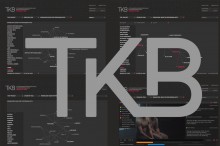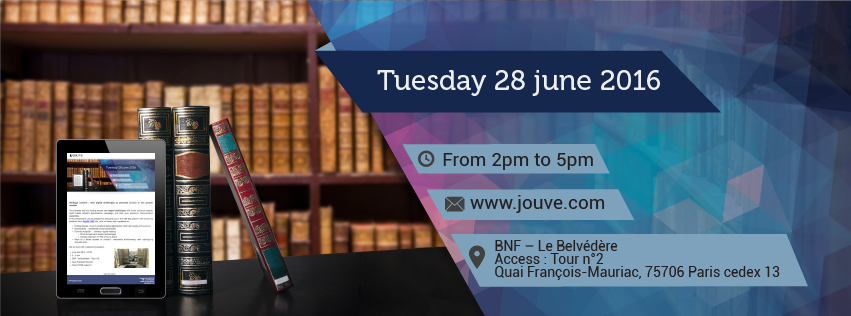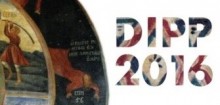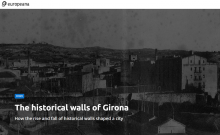On 16-17 June 2016, in Turin in the beautiful premises of Palazzo Madama, the Turin Museums Foundation in collaboration with Singularity University Geneva, organized a conference dedicated to the analysis of present scenarios and vision of future for cultural heritage in 10 years.
Museum Vision 2026 is a workshop, a platform to open a window onto the future of
museum experiences and their straight influence on social and economic
perspectives with the aim to identify a series of museum experiences in the context of the fourth industrial revolution. Museums in Italy are facing profound changes, especially at the intersection between art and science.
The activities of the conference were developed in two days:
1. INTRODUCTION and FUTURE SCENARIOS: exponentially growing technologies
2. TRENDSWATCH: the convergence of communications, technology and science
3. MAKERS: artisans beyond digital
4. CROWD: the museum as a community service
5. CREATIVE LAB: activities, trends and scenarios for the museum of the future
6. RESULTS: debriefing and final paper
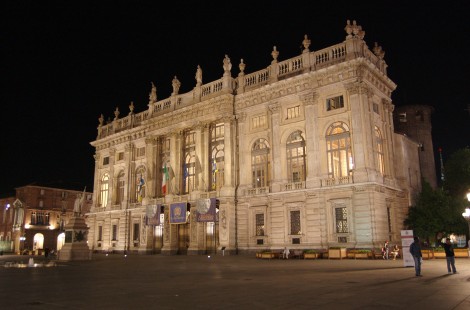
Speakers included:
PATRIZIA ASPRONI – President, Fondazione Torino Musei – Welcome message/Why “Museum:Vision 2026”
NICOLETTA IACOBACCI – Director, SingularityU Geneva –Ten-years scenarios “Forecast 2026” and work program
DALE HERIGSTAD –Advanced Interaction Consultant
CHLOE JARRY –Interactive digital publisher
GIOVANNI DE NIEDERHAUSERN – Chief operating officer Carlo Ratti Associati
MARCELA SABINO – Museu do Amanhã – Rio de Janeiro – Case study: “What is the
tomorrow we are talking about”
GIANMARCO VERUGGIO Honorary President – Scuola di Robotica, Director of Research CNR-IEIIT.
IAN BRUNSWICK, Science Gallery International
MARIO NANNI – President Viabizzuno
MARIA GRAZIA MATTEI – Founder Meet the Media Guru
JAMES DAVIS – Head Of Country Operations, Google Cultural Institute
Particularly interesting was the welcome message by Patrizia Asproni, discussing the growing need of changing the traditional approaches of museums as memory institutions to a new concept of user-generated experience, audience participation and co-creation in the enjoiment of cultural heritage, leveraging on the new technologies to re-organize the museal experience and its pace: “how to connect what is kept inside [the museums] with the world outside museums and with the acceleration of relations and communications flowing through it? Is the fate of the museums to keep the pace or to reaffirm their status as places of meditation and slowness? Finally, is the one with technology a mortal embrace that implies a complete surrender of the “fully human” experience of the visit, or will it be a tool for better enjoyment and enhancement [of cultural heritage]?” (text of the speech available in full, Italian language, here)
The audience was selected amongst professionals in the field of culture and museums; including communicators and journalists, authorities of IT and technology, students and young entrepreneurs.


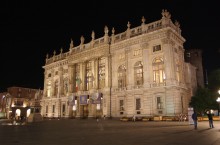
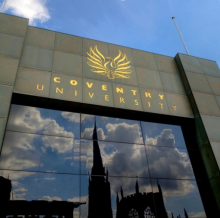
 The Centre for Dance Research (C-DaRE), Coventry University seeks a highly motivated creative artist/ coder to join a unique trans-disciplinary team exploring the artistic, scholarly and scientific potential of choreographic and dance-related data. The opportunity will be supported by an application to the Marie Curie European Fellowship. The Marie Curie European Fellowships are open to individual researchers coming to Europe from any country in the world or moving within Europe. The applicant should have their doctoral degree or at least four years’ full-time research experience by the time of the call deadline. The Fellowship lasts from one to two years.
The Centre for Dance Research (C-DaRE), Coventry University seeks a highly motivated creative artist/ coder to join a unique trans-disciplinary team exploring the artistic, scholarly and scientific potential of choreographic and dance-related data. The opportunity will be supported by an application to the Marie Curie European Fellowship. The Marie Curie European Fellowships are open to individual researchers coming to Europe from any country in the world or moving within Europe. The applicant should have their doctoral degree or at least four years’ full-time research experience by the time of the call deadline. The Fellowship lasts from one to two years.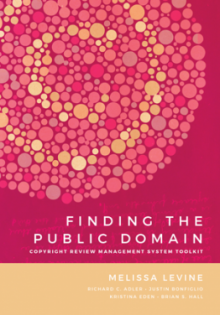
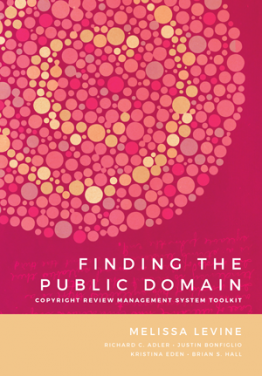 13 June 2016 – The University of Michigan Library announces the publication of
13 June 2016 – The University of Michigan Library announces the publication of 

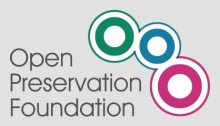
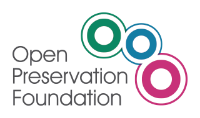 The 2014-2016 Annual Report has been published by Open Preservation Foundation.
The 2014-2016 Annual Report has been published by Open Preservation Foundation.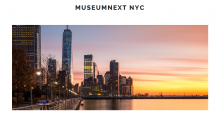
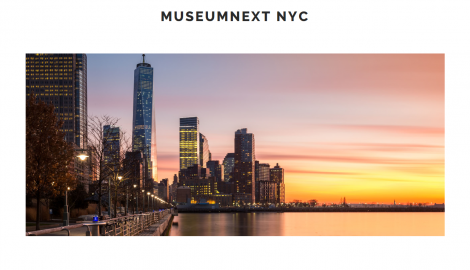
 A successful decade of European – Mediterranean Conferences on Cultural Heritage Documentation, Preservation and Protection (EuroMed): 2006 – 2016
A successful decade of European – Mediterranean Conferences on Cultural Heritage Documentation, Preservation and Protection (EuroMed): 2006 – 2016